What does the wheel bearing do?
What Does the Wheel Bearing Do?
The wheel bearing is a critical component of a vehicle's wheel assembly. It plays a vital role in ensuring the smooth and efficient operation of the wheels while the car is in motion. Wheel bearings are designed to reduce friction and support the weight of the vehicle, enabling the wheels to spin freely.
Understanding the Function of Wheel Bearings.
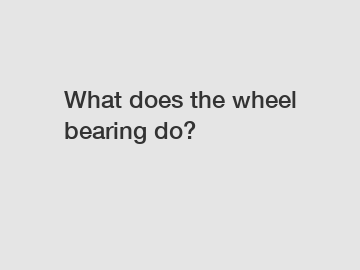
Wheel bearings are small, metal rings that are fitted inside the hub assembly. They are typically made of steel and contain small metal balls or tapered rollers that help reduce friction and facilitate smooth wheel rotation. The primary function of a wheel bearing is to allow the wheels to spin freely despite the weight of the vehicle.
Support and Load Distribution.
One of the key roles of a wheel bearing is to support the vertical and lateral loads exerted on the wheels. When a vehicle is in motion, the weight of the car and the force applied during acceleration, braking, and cornering is transferred to the wheels. The wheel bearings help distribute these loads evenly across the hub assembly, ensuring the wheels can rotate smoothly and with minimal resistance.
Friction Reduction.
Friction is the enemy of motion, and wheel bearings are specifically designed to reduce friction and prevent the metal components from wearing out prematurely. The inner and outer rings of the bearing are separated by small metal balls or tapered rollers, which help reduce the contact area between the rings. This design minimizes friction during wheel rotation, allowing the wheels to spin freely.
Absorption of Axial and Radial Forces.
Axial and radial forces are generated when a vehicle is subjected to various driving conditions. Axial forces are parallel to the axis of the wheel, while radial forces are perpendicular to the axis. Wheel bearings are designed to absorb and withstand these forces, ensuring the stability and smooth operation of the wheels.
Recommended article:Automobiles & Motorcycles
Top Trends in Li L9 Auto Innovation
Ultimate Guide to GAC Aion S Plus: Specs, Features, Price & More
How do I determine the right auto part for my vehicle?
Car Trunk Storage Box: Organize and Optimize Your Cargo Space
Car Mat Clips: Securing Safety and Convenience
Understanding the Role of Brake Discs in Vehicle Performance
Signs of Wheel Bearing Issues.
While wheel bearings are built to withstand the demands of everyday driving, they can still develop problems over time. Some common signs of faulty wheel bearings include:
1. Unusual noise: A loud humming, grinding, or rumbling noise coming from the wheels can indicate a worn-out or damaged wheel bearing.
2. Vibrations: If you experience excessive vibrations while driving, particularly at high speeds, it could be an indication of a faulty wheel bearing.
3. Steering instability: A loose or wobbly feeling in the steering wheel can be a sign of a worn-out wheel bearing, affecting the stability of the vehicle.
4. Uneven tire wear: Uneven tire wear patterns, such as excessive wear on one side of the tire, can be a result of a failed wheel bearing.
Conclusion.
In conclusion, wheel bearings are an essential component in a vehicle's wheel assembly. They provide support, distribute loads, reduce friction, and absorb forces to ensure smooth and efficient wheel rotation. Regular inspection and maintenance of wheel bearings are crucial to detect any issues early on and prevent further damage. If you suspect any problems with your wheel bearings, it is recommended to consult a qualified mechanic for a proper diagnosis and repair.
For further assistance or to schedule a maintenance appointment, feel free to contact us.
Want more information on How to Adjust Truck Wheel Bearings, Truck Hub Unit Bearings, 3434301800? Feel free to contact us.
Additional reading:Understanding Brake Shoes: A Comprehensive Guide
How Do I Know if My Timing Belt Tensioner Is Bad?
The Cost-Effectiveness of Investing in Long-lasting Brake Pads
Are Ceramic Brake Pads Better?
What is the function of the truck radiator?
Everything You Need to Know about a Brake Slave Cylinder
What should be paid attention to in the process of disassembling the automobile leaf spring
182
0
0
Related Articles
-
193
0
0
-
188
0
0
-
158
0
0
-
181
0
0
-
175
0
0
-
179
0
0
-
180
0
0
-
170
0
0



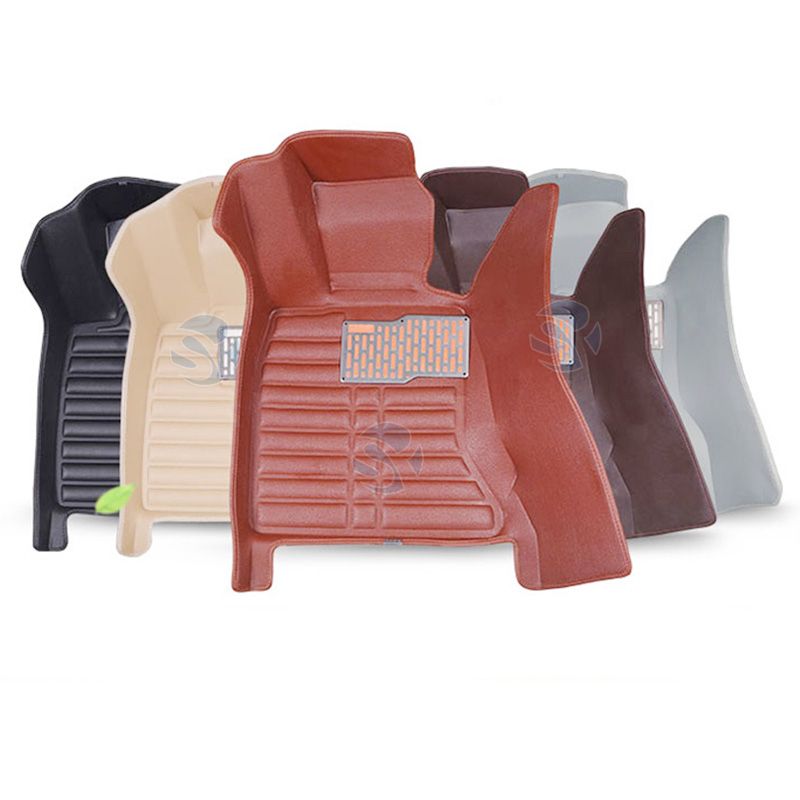
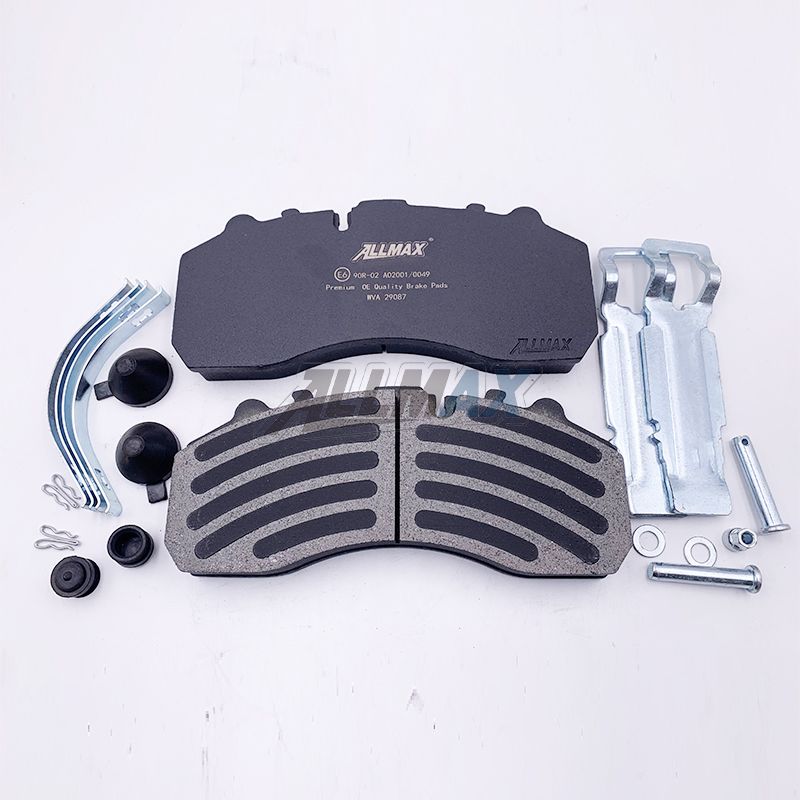

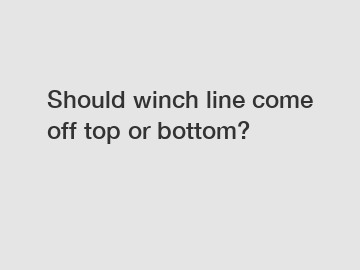

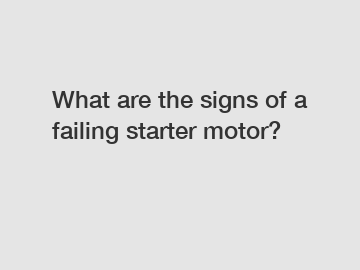

Comments
All Comments (0)